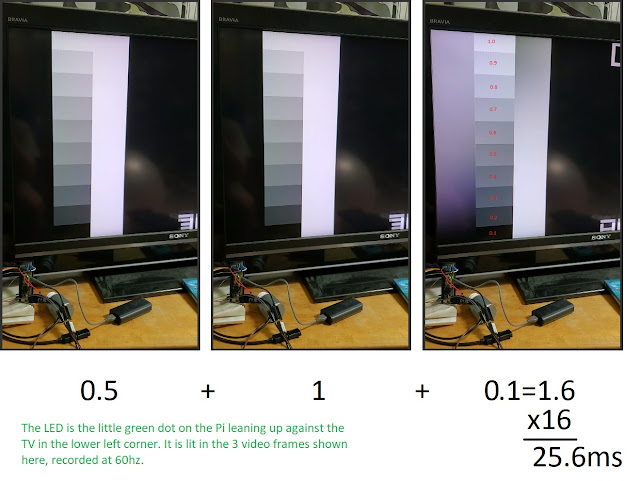WickedHD Video Converter YPbPr to HDMI review: input lag, upscaling and deinterlacing issues
The Goal: zero lag
How it performs
It supports 480i/p, 720p, and 1080p inputs, passing them along more or less unmodified. The only consistent issue is that the color space output over HDMI is very dark on my PC monitor (aka black crush). On my TV, however, it looks right, so I suspect it's an issue of using the "video" color space. Since I intended to use it for my computer, that kind of ruins it for me.
There's a 2nd problem as well: There's something about the original Xbox video output that cause the signal to intermittently drop out when displayed via this device. It doesn't happen at all during the first 10 or so minutes that it's being used but eventually the screen will briefly go blank. With time the frequency of this starts to go up significantly; once it has been on 20 minutes it happens every couple minutes, making the device useless.
I suspected that it was overheating (the device does get warm) so I strapped a heatsink to the case (no improvement) and also tried taking the cover off (also no improvement). More likely, it's an issue with the 1st Gen Xbox video output being out of spec, because I have another radically different looking adapter, the ozsc-3, that has this issue.
What's inside
Since I had the cover off I decided to snap some photos so I could identify the chipset and board revision.
The HDMI output comes from the MacroSilicon MS9282N-AVA (also marked N8SKQ 1350). The spec sheet suggests it does the conversion work too.
There's also a STC microcontroller, an 11L16XE/35I-LGFP44G which has flash memory built in. It seems to have the same instruction set as the ozsc-3 that I tested that also had xbox issues, suggesting that they might run similar firmware, though this device can handle 480i so perhaps this is the better version.





Comments